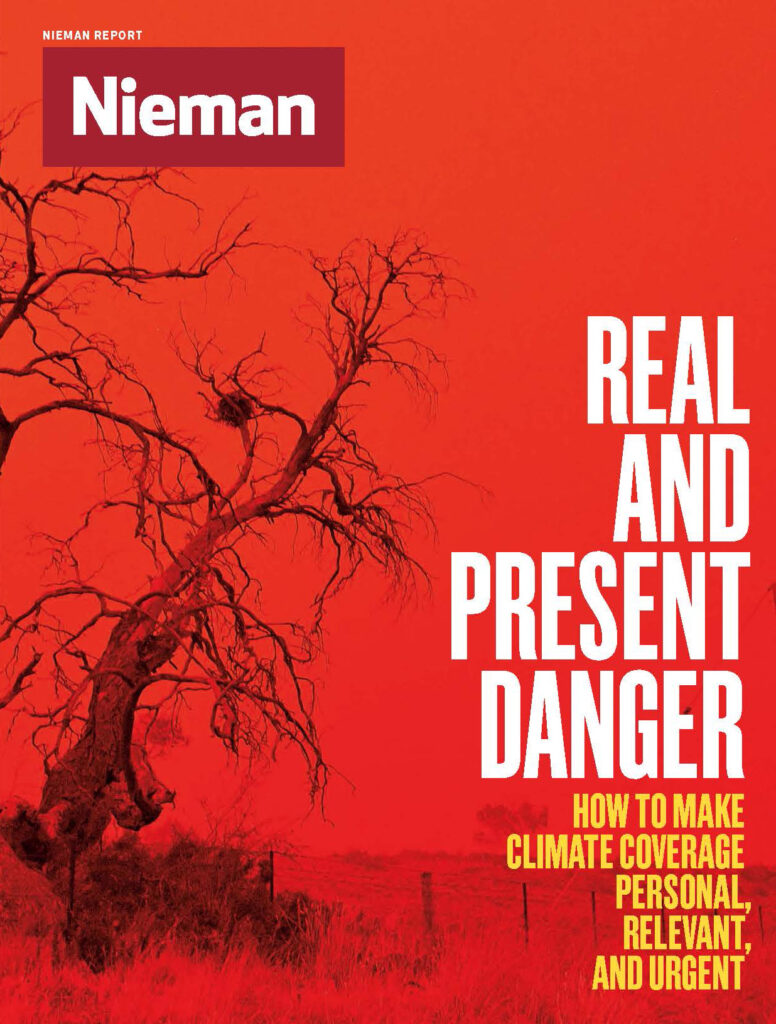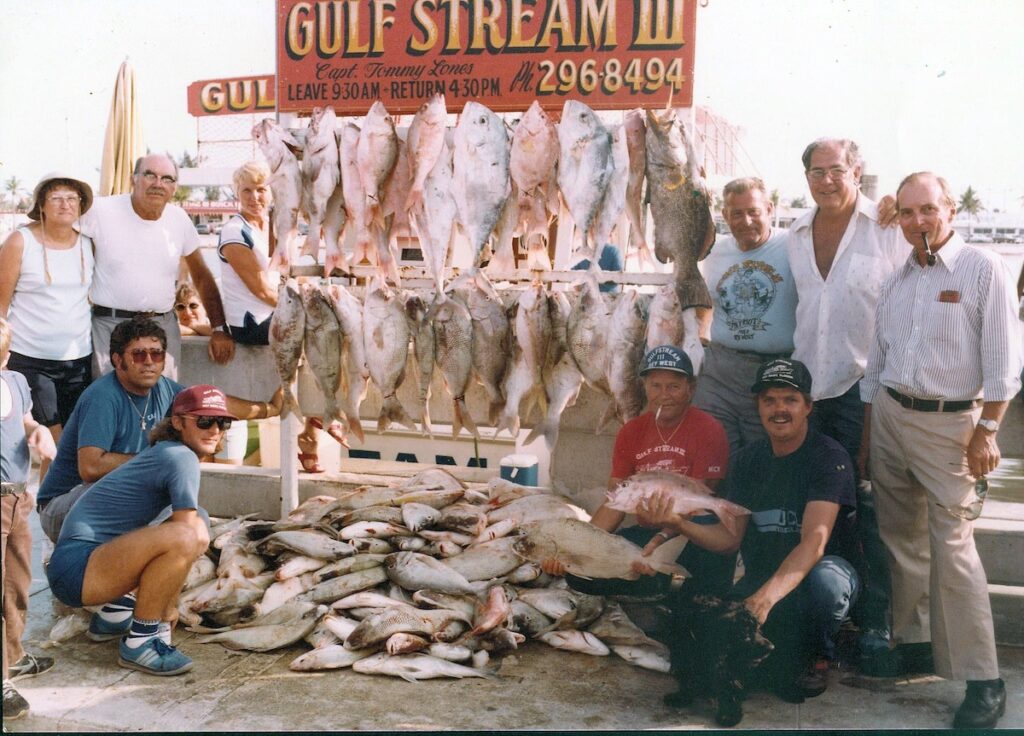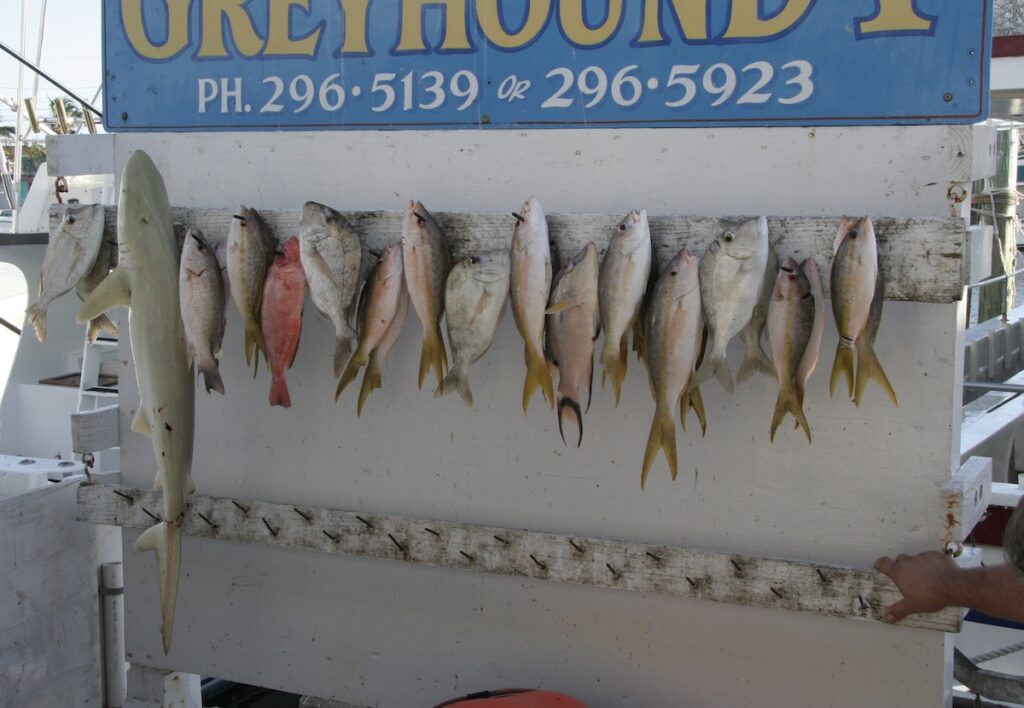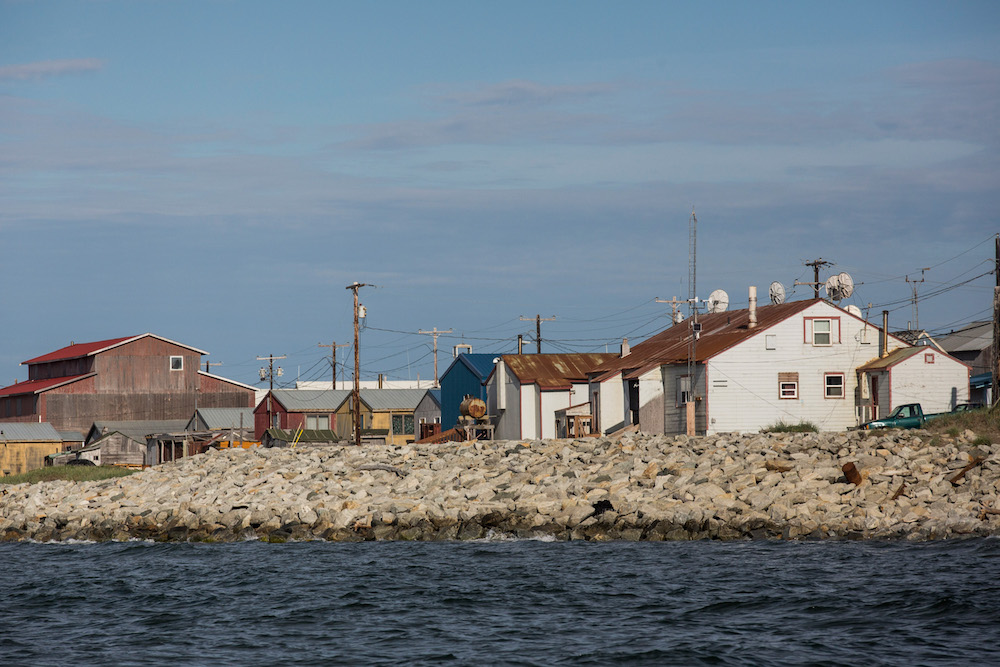
The volume of climate change coverage has been on the uptick in recent years, and hardly a day goes by when climate change and its consequences aren’t in the headlines. However, it remains one of the most challenging—yet important—stories for the media to cover well, given the sheer complexity and magnitude of the problem.
Nieman Reports takes a look at journalists and news organizations who are working in innovative ways to make climate coverage more personal, urgent, and engrossing.
We journalists pride ourselves on being good notetakers—astute documentarians—but earlier this year, out in the woods, I met an old man who puts all of us to shame.
His name is John O’Keefe. Beard, white. Sweater, green. His gray eyes, which sit behind tiny Ben-Franklin-ish glasses, light up when he talks about his favorite subject: trees.
Each fall and spring, for nearly 30 years now, O’Keefe, age 74, has grabbed a clipboard from his basement office at the Harvard Forest research station in Central Massachusetts, and walked a loop around the forest. Have all of the buds on that black cherry tree—“PP005”—opened completely? If so, he marks “100” in that column.
A red maple’s leaves are emerging and its flowers are gone, so he writes that in the comments field.
What percentage of another tree’s flowers are open? That goes beneath “FOPN.”
The notes started as something of a side hustle. He thought, “I’m just going to start looking around and developing this record.” It was a way to get outside and do what he loved. As a fighter pilot in the Massachusetts Air National Guard, O’Keefe had found himself thinking not about combat but about the trees he saw thousands of feet below.
At first, some researchers at Harvard Forest found this little project—these detailed tree notes—fairly uninteresting. But years later, as humans continued belching fossil fuels into the atmosphere, and as O’Keefe kept diligently making his rounds among the maples and birches, a critical and unexpected story began to take shape on the clipboards: Many trees were sprouting leaves earlier in the spring; all were dropping leaves later in the fall. O’Keefe’s notes were becoming the most detailed record of how the climate crisis was straining this particular forest. They told a story that, without his diligence across decades, otherwise would have been unknown.
We need fundamentally new types of climate storytelling
Storytellers, like scientists, tend to work on Human Time. We think in daily (minute-ly?) deadlines, weekly meetings, annual performance reviews. Journalists are particularly guilty of a now-now-right-now bias. Out of necessity, we’ve been conditioned to think second to second, tweet to tweet. Decades, centuries, millennia—the timescales of our planet—they usually don’t land with urgency in our in-boxes. O’Keefe and his notes? That’s all Tree Time.
Related Reading
Gina McCarthy’s Advice to Climate Journalists: “Talk about Solutions and Build Hope”
By Gina McCarthy
Five Tips for Better Coverage of the Climate Crisis
By James Painter and Shannon Osaka
In light of the climate crisis, however, this blind spot could have planet-ending consequences.
We suffer from what academics have termed “generational amnesia” or “shifting baseline syndrome”—the idea that changes in the natural world happen slowly enough that we often fail to see them, and almost always fail to recognize their scope and urgency. Recent efforts by The Guardian and other news organizations (including CNN, where I’m a climate analyst and spent 10 years as a columnist, producer, and senior investigative reporter) to substitute the terms “climate emergency” and “climate crisis” for “climate change” are part of the solution. These words aim to make what actually is a multi-generational disaster—an “Armageddon in slow motion,” as Eric Chivian, a psychiatrist who campaigned against nuclear war, put it—feel fast.
The word “crisis” is not enough to fix generational amnesia, though.
We need fundamentally new types of climate storytelling.
That’s why I’m embarking on one attempt—a multi-generational documentary series called “BASELINE,” with development support from the Nieman Foundation and the National Geographic Society’s Explorer program. The aim is to select and revisit four communities on the front lines of the climate crisis every five years until 2050. Think of it as a generational time-lapse—a longitudinal film series. (You can follow the project on Instagram or via the “BASELINE” newsletter. If you want to support the project through production, we also have a crowdfunding campaign hosted by UNIONDOCS. Those donations are tax-deductible.)
I understand this documentary series may sound over-ambitious, if not completely unhinged. But an approach of this magnitude is warranted given the scope of the climate emergency.
I’ve been reporting on the climate crisis for more than a decade now. In Honduras, I met families left behind by the caravan, which was driven, in part, by an unprecedented drought. In Arkansas, I profiled a family that fled the Marshall Islands because it’s disappearing beneath rising seas. I went back and forth to Puerto Rico for more than a year after Hurricane Maria, leading CNN’s investigation into deaths the government hadn’t attributed to the storm. Once I started researching generational amnesia, however, I realized these conventional ways of telling a multi-generational saga are not working, or they’re certainly not enough.
The same stories and arguments are repeating themselves.



Climate recently has been framed as a new story, a “story of our times,” but scientists have been ringing alarm bells about the emergency for decades. In 1988, NASA scientist James Hansen testified before the U.S. Senate that the era of global warming had begun. Two years later, The Ecologist magazine published a book that said there were only “5,000 Days to Save the Planet.” Something like 5,000 days after that, as George Marshall detailed in the book, “Don’t Even Think About It,” the Institute for Public Policy Research declared that there were “Ten Years to Save the Planet.”
Now the warnings from the Intergovernmental Panel on Climate Change are even more serious. Humans already have warmed the planet 1 degree Celsius since the Industrial Revolution, largely by burning fossil fuels. Policy makers say 1.5 degrees of warming would be truly catastrophic, involving the drowning of low-lying island nations, the near end of coral reefs, stronger storms, and the like. Earth could cross that temperature threshold in 2030—just 11 short years—without a near-total remake of the world economy.
Is there evidence we’ll react differently than before?
Perhaps not, in light of our ability to normalize environmental devastation.
Consider a couple examples of generational amnesia at work.
This summer, I met Loren McClenachan, a historical ecologist at Colby College and an expert on shifting baselines. When she was working on her PhD, McClenachan and an archivist at the public library in Key West, Florida, dug up a series of photos collected from one fishing dock over more than 50 years. The images, many of them black and white, show fishermen standing with the day’s trophy catch. Once upon a time, in the 1950s, these trophy fish were taller than humans. By the 2000s, when McClenachan visited, they were short as a forearm.
The fish shrunk because of overfishing and other changes in the environment, including regulatory changes. But across generations, the fishermen hadn’t noticed.
Each decade, they were smiling just as broadly as before.
This same concept applies to climate.
Climate change is bigger than any one story—or even one generation
A study published earlier this year by Frances Moore, an assistant professor in environmental science and policy at the University of California, Davis, for example, analyzed tweets about the weather to show that people on average consider only a 2- to 8-year period of time when deciding whether a given day feels unusually hot. That timeline is likely to shift forward as we age, raising the prospect the climate crisis always will feel just lightly abnormal to us.
You could call this a frog-in-boiling-water problem, Moore told me. Except that, in reality, frogs jump out of the pot as the water heats up. And we humans don’t have another planet to jump to.
Much work is needed to fill this hole in our psychology.
“BASELINE” aims to be one antidote.
The series is influenced by O’Keefe and his Tree Time, as well as filmmaker Michael Apted’s “Up Series.” In the early 1960s, Apted interviewed a bunch of 7-year-old kids in the U.K. for a television special called “Seven Up!” Every seven years since, he has returned to those same children—wherever they were—and released a new film about their lives. The most recent documentary premiered in June. In it, those same “kids” are now 63 years old.
“BASELINE” takes a similar approach, visiting four locations facing existential threats from the climate crisis now—and then committing to revisit these same people and places every five years until at least the year 2050. Among the communities are a village on the Arctic Circle, Shishmaref, Alaska, which may have to relocate because the coast is thawing and land is falling into the sea in house-sized chunks; there, a young boy who was named after a man who fell through the sea ice and died, is haunted by the water and dreams about drowning.
Another is a coal town in rural Utah that’s been hit by wildfires and searing drought, but where most people still don’t believe that humans are causing global warming.
The calendar year will serve as the narrative backbone for the film. I’m visiting one location each season. Stitched together, these chapters will form a collective portrait of a year on Earth.
A new installment of the series will be released every five years, prodding viewers to think in fundamentally new ways about the future. What will happen to these communities? What changes are taking place that go beyond their notice? “BASELINE” seeks to deal with this crisis on something closer to its own timeline. My hope is to be able to partner with local filmmakers so that the series will continue in some form beyond 2050, allowing the true scope of the crisis to come into focus.
This is a people-centered project that takes a qualitative approach to understanding the intergenerational saga of the climate crisis. But I am building a scientific advisory panel. And a handful of scientists—people who are trying to create lasting memories, like O’Keefe and his trees or McClenachan and her fish—also will be featured in the documentary series. It takes inspiration from scientists at the Harvard Forest and elsewhere who, without much recognition, dedicate their lives to collecting data that will last longer than they do. Their notes outlive them.
The first film, “BASELINE 2020,” will look back in time as well as forward, using home movies and family photo albums to provide evidence of how much already has changed. An entire playground and neighborhood are missing from that village on the Arctic Circle, for example. They’ve fallen into the water, but they exist in the records local people have kept.
I’m not naïve enough to think that “BASELINE” will be able to fix these problems. Climate change is bigger than any one story—or even one generation. But this is an all-hands-on-deck moment. New and creative and wildly ambitious storytelling approaches are needed.
We must turn a consistent lens to this crisis.
And refuse to look away.
Future generations will look to us for a record of this moment.



